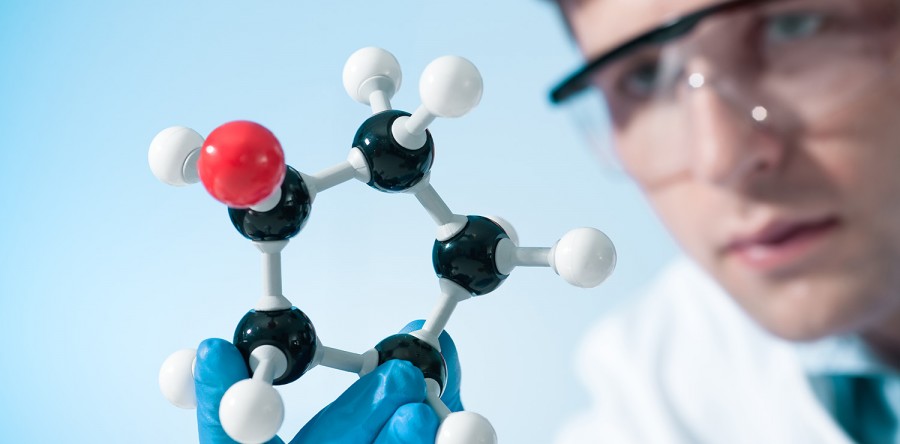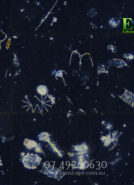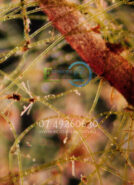COLIFORMS
Coliforms are diverse group of bacteria which are used as a general indicator of faecal contamination in water sources. Coliforms are the most sensitive but least specific indicator group for faecal contamination because while many are part of the normal flora of the intestinal system of humans and other warm blooded animals, many also occur naturally in the soil and vegetation. The presence of coliforms is thus suggestive, but not clearly indicative, of faecal contamination of drinking water supplies, or breakdown of barriers against contamination.
The guidelines use total coliforms as an indicator due to their long life span in natural water. The fact that coliforms outlive E.coli in the natural environment enable them to indicate less recent or more remote incidents of faecal pollution. The presence of coliforms can also suggest the presence of free-living potential pathogens such as Legionella spp., which may benefit from the conditions.
The density of the coliforms present is a good indication of the efficiency of water treatment and disinfection processes.
THERMOTOLERANT COLIFORMS (Faecal Coliforms)
Thermotolerant coliforms are a sub-group of coliforms. They can produce acid and gas from lactose at 44oC, hence the test for them is more specific than for total coliforms, and selects a narrower range of organisms. Some species of thermotolerant coliforms have environmental sources and may multiply in water or on fittings. However, the majority of bacteria in this group originate from a gut of the warm blooded animals. Therefore, faecal coliforms indicate the presence of warm blooded intestinal microbes such as Escherichia coli, which have the potential to be pathogenic. Such faecal coliforms also include Salmonella, Shigella and Camplylobacter which all cause severe dysentery.
Escherichia Coli (E. coli)
Escherichia coli is the most common bacterium of thermotolerant coliform group. Due to high correlation between the presence of thermotolerant coliforms and E.coli, E. coli is regarded as the most specific indicator of faecal contamination. It inhibits, usually in high numbers, the large intestine of humans and warm-blooded animals. The density of E.coli in fresh faecal matter can rich up to 109 organisms per gram. E.coli can survive for up to 4-6 weeks in water, which is usually similar to water-borne enteric pathogens. Hence, its presence in the water indicates a recent faecal contamination, which requires immediate action. While it is not possible to determine whether or not E.coli is of human origin, animals and birds can act as carriers of human intestinal pathogens; therefore, negligence of the contamination may lead to health risk. Although most strains of E.coli are non-pathogenic, the organism is used as an “indicator” for other faecal microorganisms of public health significance.
HETEROTROPHIC PLATE COUNT
Heterotrophs are broadly defined as microorganisms that require organic carbon for growth. The heterotrophic plate count is a test intended to recover a wide range of microorganisms from water, providing an approximate measure of the total number of bacteria in the water source. The test itself does not specify the organisms that are detected.
There is currently no guideline value established for acceptable levels of heterotrophic bacteria in drinking water. However, a plate count exceeding 500/ml provides an indication that the water disinfection methods may be inadequate and may permit the survival of pathogenic bacteria.
The heterotrophic plate count is used as an indicator of ineffective chlorination. The supply is not rendered unfit for drinking unless the count is very high. A Heterotrophic Plate Count test alone is not sufficient without other bacteriological tests being conducted in order to draw a conclusion as to the quality of the water. The test should only be performed in addition to routine monitoring for coliforms and thermotolerant coliforms (or alternatively E.coli).
ENTEROCOCCUS
Most of the enterococcus species occupy humans and other animals’ intestinal flora. The genus Enterococcus combines more than 17 species out of which few cause clinical infections in humans. The treatment of these nosocomial pathogens is often found to be challenging. This diverse group of bacteria includes also species that inhibit habitats outside the living organism. Therefore, their presence in water does not necessarily indicates a faecal contamination. Despite it is less sensitive than thermotolerant coliforms, the specificity of this indicator is still acceptable. Enteroccocus is outnumbered by E.coli in the faeces however it’s longer life span may be used as an indicator of aged faecal contamination or as an indicator of specific pathogens that survive for longer periods, such as viruses.
LEGIONELLA
The genus Legionella includes 26 species of which L. pneumophilia is most frequently associated with human disease. Legionella spp. are known to infect humans by inhalation. The ingestion of drinking water containing Legionella is considered irrelevant until the bacteria are amplified by multiplying in specific sites under thermal enrichment. Therefore, hot-water systems maintained below 60oC, such as cooling towers, spas, warm water systems in buildings may promote the growth of Legionella. Some of Legionella species are soil born and are commonly found in natural sources of freshwater.
Legionella infections are responsible for two types of disease: legionellosis and Pontiac fever. Legionellosis is commonly characterized by typical symptoms of pneumonia, such as high fever. Approximately 10% of legionellosis cases are fatal. Pontiac fever is a milder disease with a higher infection rate. The symptoms resemble the ones of influenza, including headache, vomiting and aching muscles. No fatal cases have been reported.
Pseudomonas aeruginosa
Pseudomonas aeruginosa is a free-living pathogen commonly found in soil and water. It often multiplies in an enriched aquatic environment. The presence of the bacteria in drinking water may indicate a serious impairment of the water treatment system. Therefore, its presence can be used to evaluate the general cleanliness and quality of water.
P. aeruginosa is a pathogen which rarely infects a healthy host but colonizes damaged systems such as burn wounds or physically impaired eyes. It can inhibit urinary or respiratory tract of people with underlying disease. It can lead to serious disease in immunosuppressed people causing even death. P. aeruginosa presence in high numbers in swimming pools and hot tubs can also lead to rashes and superficial infections of the outer ear canal.




